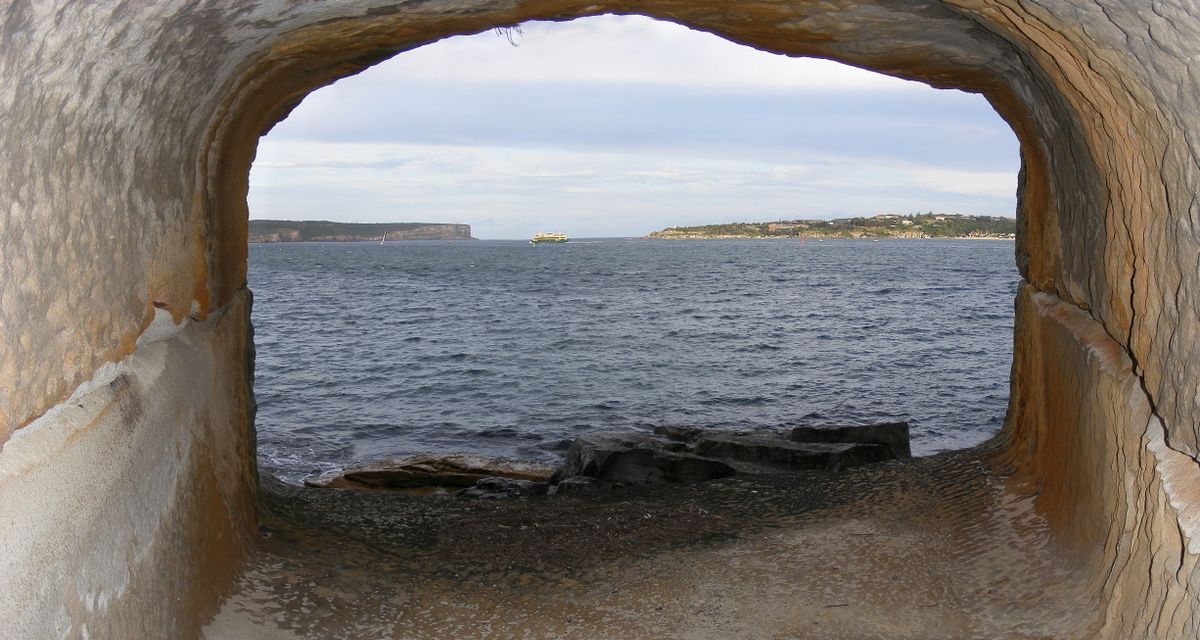About
Sydney Harbour is littered with historic fortifications dating back to 1802, but visiting the Beehive Casemate built in 1872 offers an entirely unique experience due to its hidden coastal entrances. With much of the structure located underground and carved into the sandstone headland, it used to house soldiers and several 18-tonne muzzle-loaded cannons pointed towards the harbor inlet. All that remains now are abandoned fortifications in disrepair, some rotten canon frames and carved sandstone domed tunnels connecting the main structure to the coastal openings.What sets this fortification apart from others in the area is the fact that if you're a little adventurous, you can make your way onto the rocky headland (via some creative bushwalking) and find several openings to the casemate carved into the rocks. Since they're covered by salt-rusted steel bars, you can't enter the headland tunnels, but it's possible to peer in and get a glimpse into what it would have been like back during operation. This casemate also formed one of the anchor points for submarine netting that covered the entrance to Sydney Harbour during World War II. This was the point where a Japanese "midget" sub was caught and destroyed. A simple plaque on a grassed area of the headland records this event.These days it is an amazing place to view the bustling Sydney Harbour boat traffic and walk along the rocky coastline to try and locate the hidden base entrances. Make sure you only visit during low tide and take care hiking down the rocky cliff as it can be slippery. You also don't want to get caught at high tide, as you may need to wave down one of the many ferries passing by to get a lift out.
Related Tags
Know Before You Go
Take care if you decide to hike down to the water and find the tunnel entrances.
Community Contributors
Added By
Published
July 19, 2022

























